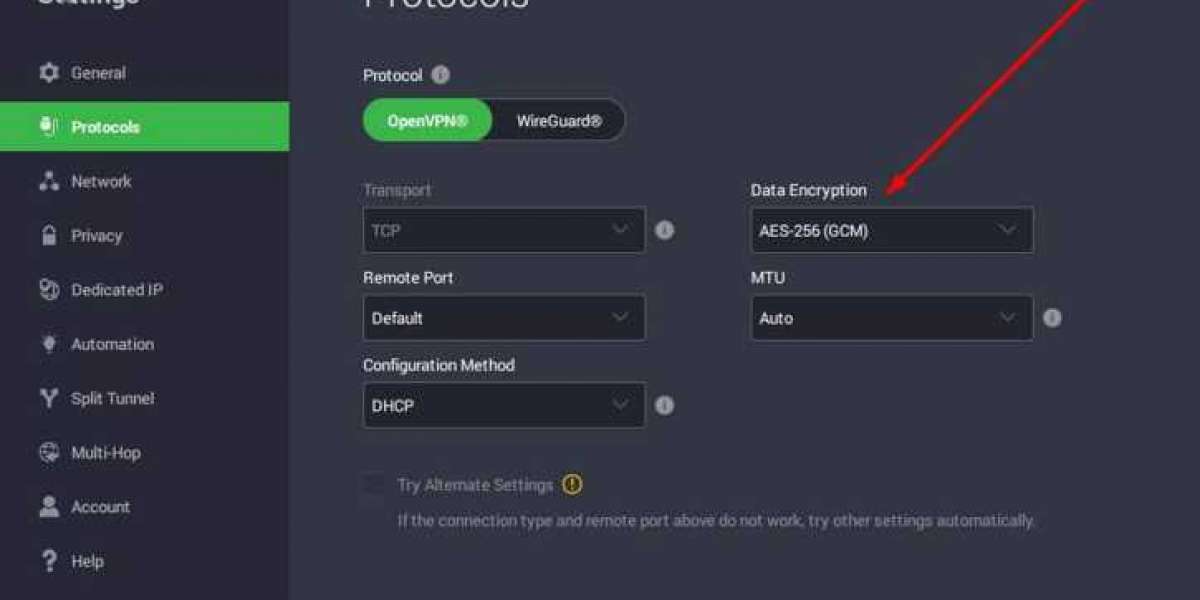EHR vs. EMR: Understanding the Digital Backbone of Modern Healthcare
Introduction
In today's digital healthcare environment, Electronic Health Records (EHR) and Electronic Medical Records (EMR) are essential tools that enhance patient care, improve workflow, and support data-driven decision-making. While often used interchangeably, EHRs and EMRs have distinct roles in managing patient information. Understanding their differences and advantages is key for healthcare providers, administrators, and even patients.
What Is an EMR?
An Electronic Medical Record (EMR) is a digital version of the paper charts in a clinician’s office. It contains the medical and treatment history of patients within one practice or facility.
Key Features:
Tracks patient data over time
Allows for monitoring and managing treatment
Useful for diagnosis and clinical decision-making
Limited to one provider or organization
Example: A general practitioner keeps an EMR to document visits, prescriptions, diagnoses, and immunizations for each patient.
What Is an EHR?
An Electronic Health Record (EHR) is a comprehensive digital record of a patient's overall health. It goes beyond standard clinical data and is designed to be shared across different healthcare providers and settings.
Key Features:
Includes information from all clinicians involved in a patient's care
Facilitates coordination between hospitals, labs, specialists, and pharmacies
Offers real-time access to complete patient history
Supports e-prescriptions, telehealth, and patient portals
Example: A cardiologist, primary care physician, and radiologist can all access and contribute to a shared EHR to manage a heart patient’s care collaboratively.
EHR vs. EMR: Key Differences
| Feature | EMR | EHR |
|---|---|---|
| Scope | Single clinic/hospital | Multiple providers/organizations |
| Data Sharing | Limited | Interoperable |
| Focus | Diagnosis treatment | Holistic patient health |
| Access | Clinician only | Patient authorized clinicians |
| Use | Internal documentation | Care coordination long-term monitoring |
Benefits of EHR Systems
Improved Patient Care: Real-time, comprehensive data helps providers make accurate decisions.
Efficient Workflow: Reduces paperwork and administrative burden.
Better Coordination: Enables collaboration among providers and specialists.
Patient Engagement: Through patient portals, individuals can view records, book appointments, and request refills.
Data Analytics: EHRs support public health monitoring, clinical research, and population health strategies.
Challenges in Implementation
Despite their benefits, EHR/EMR systems face challenges:
Cost of setup and training
Data privacy and cybersecurity concerns
Resistance to change from legacy systems
Interoperability issues between different platforms
Healthcare organizations are addressing these through standardized protocols (e.g., HL7, FHIR), secure cloud systems, and user-centric software design.
Regulatory Landscape
Governments worldwide support EHR adoption through policy and funding:
United States: The HITECH Act incentivized EHR usage, with ongoing support from CMS and ONC.
Europe: Countries like Germany and the UK are digitizing health records for national health services.
India: The National Digital Health Mission aims for integrated health records via unique Health IDs.
Future Trends
AI and Predictive Analytics: EHRs integrated with AI can identify risk patterns and suggest interventions.
Blockchain for Security: Enhancing data integrity and traceability.
Voice Recognition NLP: Making data entry faster and more intuitive.
Telemedicine Integration: EHRs are becoming hubs for remote care, prescriptions, and video consultations.
Personalized Medicine: EHRs will increasingly support genetic and lifestyle data to customize treatments.
Conclusion
Both EMRs and EHRs are vital components of a modern, efficient, and patient-centered healthcare system. While EMRs offer an internal digital workflow for individual providers, EHRs enable cross-functional collaboration and long-term health management. As the healthcare industry continues to digitize, choosing the right system and investing in secure, interoperable, and user-friendly platforms will be key to improving outcomes and satisfaction for both providers a








